How do filopodia attach to the surrounding substrate?
How do filopodia attach to the surrounding substrate? A diverse array of cellular responses can result when a filopodium makes contact with a ligand or substrate. These responses are dependent on the coupling of membrane-bound proteins to the backward (retrograde) flow of actin that [...]


